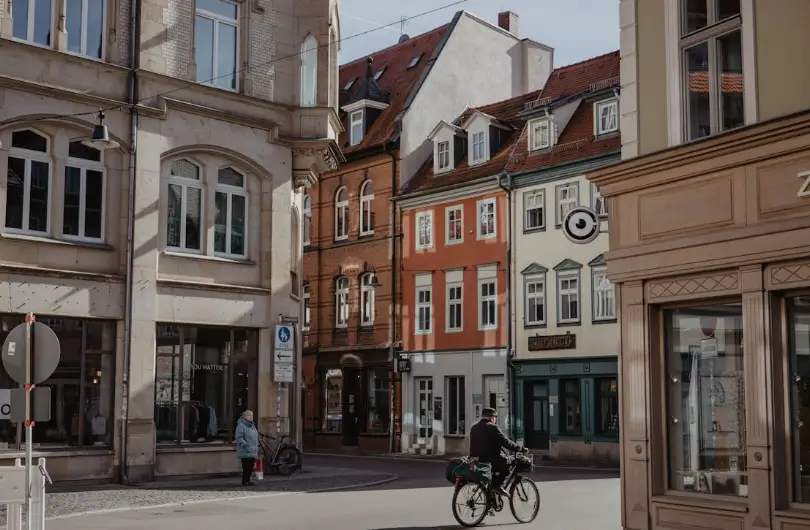Unicorn Planning

Every few years, someone steps on stage to unveil the future of cities.
There’s dramatic music, drone footage, and a billionaire pointing at a screen that looks suspiciously like a video game.
You’ve seen it.
Glass towers wrapped in green, car-free streets, zero emissions, flying taxis, maybe a few floating farms for good measure. The trailer ends with a tagline like “Redefining Urban Life.”
And then… nothing.
The renderings go viral, the hype cools off, and the project quietly stalls behind closed doors. Reality shows up with questions about cost, labor, heat, and human nature, the kind that glossy pitch decks rarely answer.
Welcome to unicorn planning, where cities are treated like startups: built on optimism, branding, and PowerPoint projections.
What Exactly Is “Unicorn Planning”?
In tech, a unicorn is a startup valued at a billion dollars or more.
In planning, it’s the idea that you can design a perfect city from scratch, if only you raise enough money, hire enough futurists, and sprinkle in some AI.
These projects promise sustainability, equity, and innovation, but they skip the messy middle where real cities live.
Zoning codes, neighborhood meetings, wastewater systems...all that “boring stuff” that actually makes a city work.
Unicorn planning moves fast and breaks… well, everything.
It’s urbanism with a product-launch mentality: sleek, confident, and allergic to nuance.
But you can’t beta-test a city. People aren’t users; they’re residents.
And unlike an app, you can’t just “push an update” when things go wrong (thought, it would be nice to be honest).
The Line, Telosa, and the Others in the Herd
Saudi Arabia’s The Line is the poster child.
A 105-mile-long mirrored city slicing through the desert, promising to house nine million people in a climate-controlled canyon of glass.
The concept looks stunning, a perfect architectural flex. But critics have pointed out what the renders don’t show: the ecological damage, the displacement of local tribes, and the jaw-dropping cost (upwards of a trillion dollars). Construction workers have already described harsh conditions. Even if it’s finished, who actually wants to live in a linear skyscraper where you can’t step outside without hitting a wall of glass?
Then there’s Telosa, billionaire Marc Lore’s proposed utopian city in the American desert. His pitch: build a city from scratch based on “equitism,” where land value growth benefits all residents. On paper, it’s noble. In practice, it’s 150,000 acres of unanswered questions about water, governance, and whether people want to move to a billionaire’s experiment.
Or Sidewalk Toronto, Google’s smart-city project that died the death of a thousand privacy concerns. It aimed to create a data-driven neighborhood, think sensors, automation, energy efficiency. But locals pushed back hard. The plan folded under the weight of mistrust and poor community engagement.
Different continents, same pattern.
Grand promises, minimal participation, and a fundamental misunderstanding of what makes cities tick.
You Can’t Disrupt Zoning
Tech loves disruption.
But cities aren’t codebases, they’re living organisms.
You can optimize traffic lights with AI, but you can’t algorithm your way to belonging or safety. You can install smart bins and underground delivery tunnels, but that doesn’t fix inequality or displacement.
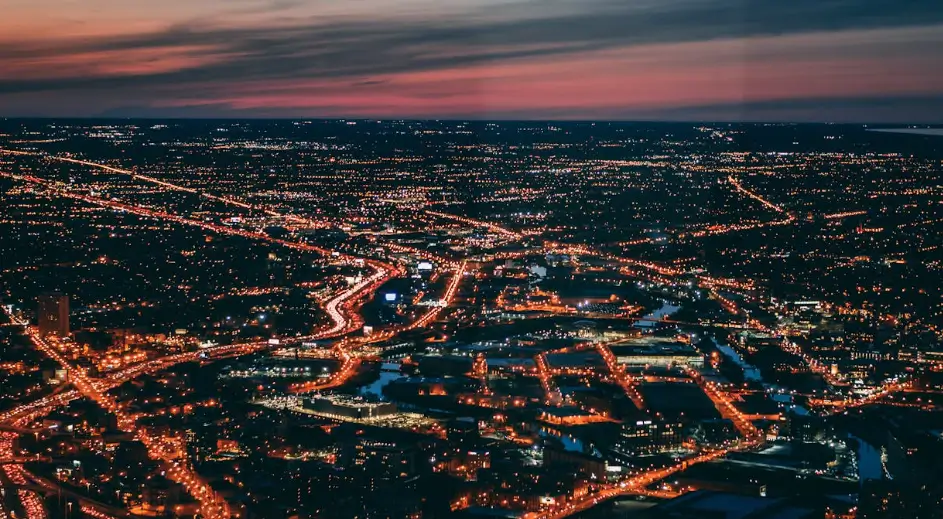
Unicorn planning tries to replace process with perfection.
But planning is process, it’s iterative, public, and slow on purpose. Because it deals with homes, not hardware.
That’s exactly what Jane Jacobs fought for in the 1960s.
While self-styled “master builders” like Robert Moses dreamed of total control exemplified by highways slicing through neighborhoods in the name of “progress” among other things, Jacobs stood on the street corner and said, “Look closer.”
She exposed what the birds-eye view missed: that cities work because of people, their routines, their randomness, their messy human choreography. Her famous phrase, “eyes on the street,” wasn’t just about safety. It was about democracy.
It meant the life of a city can’t be engineered. How could it be? We are living beings with random lives. Life in a city is meant to be lived.
Unicorn planners promise they can perfect that life with sensors and code. Jacobs would’ve rolled her eyes.
You can’t spreadsheet human behavior.
You can’t optimize community.
And when you try, you flatten the very thing that makes a city worth living in.
The Human Factor
Every city is a story of compromise.
Of neighbors fighting over setbacks.
Of developers negotiating tree requirements.
Of planners juggling political pressure, budgets, and public skepticism.
That friction is how cities grow, not as pristine ideas, but as living agreements.
Jacobs saw this long before anyone used words like “participatory planning.”
She believed that “the city is not a problem to be solved but a web of relationships to be understood.”
Unicorn cities flip that upside down. They start with an answer and build a city to fit it.
They forget that good planning isn’t about removing unpredictability; it’s about embracing it.
Sidewalk Toronto failed because it didn’t trust the crowd. The Line is struggling for the same reason, it’s a performance, not a place.
Jacobs understood the opposite truth: that a city’s magic lives in its spontaneity.
In sidewalk talk.
In corner stores.
In people bumping into each other and shaping their own streets.
No amount of AI modeling can design that.
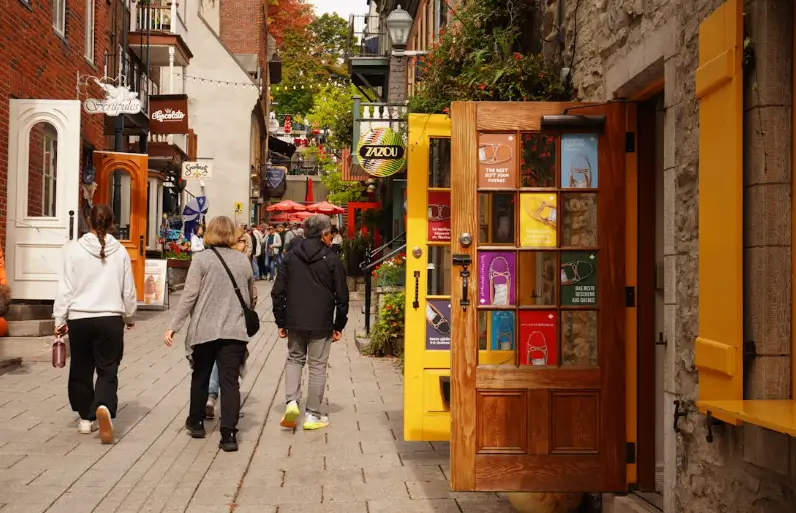
The Real Zone of Possibility
Real progress doesn’t come from billionaires with renderings.
It comes from planners fighting for incremental reform:
- Legalizing missing-middle housing.
- Reclaiming parking lots for parks.
- Rethinking stormwater management.
- Writing zoning text that actually matches human behavior.
No headlines. No drone footage. Just steady work that makes cities livable for ordinary people.
That’s the real zone of possibility. The slow, democratic, unsexy kind.
Unicorn planners chase utopia from above.
Real planners build possibility from below.
One code revision, one sidewalk, one community meeting at a time.
So the next time you see a trillion-dollar city gleaming in the desert, remember: the future isn’t built by visionaries alone. It’s built by the people who show up to public hearings on a Tuesday night and ask, “How does this affect my neighborhood?”
Because cities aren’t apps.
You can’t scale community.
You have to earn it.
ZOP Reflection
Unicorn planning exposes our obsession with control, the fantasy that perfection is possible if we just design hard enough.
But maybe the real innovation in planning isn’t building smarter cities. It’s learning to trust imperfect ones.
%20(1200%20x%20237%20px)%20(300%20x%2059%20px).webp)
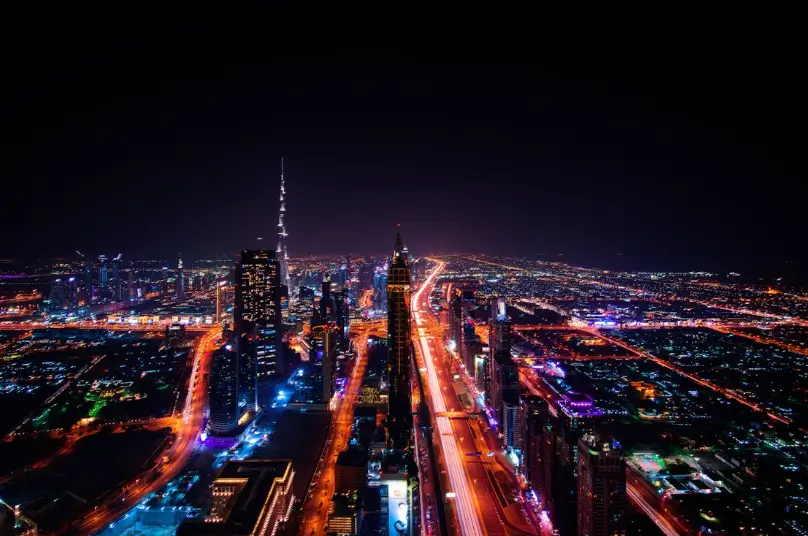
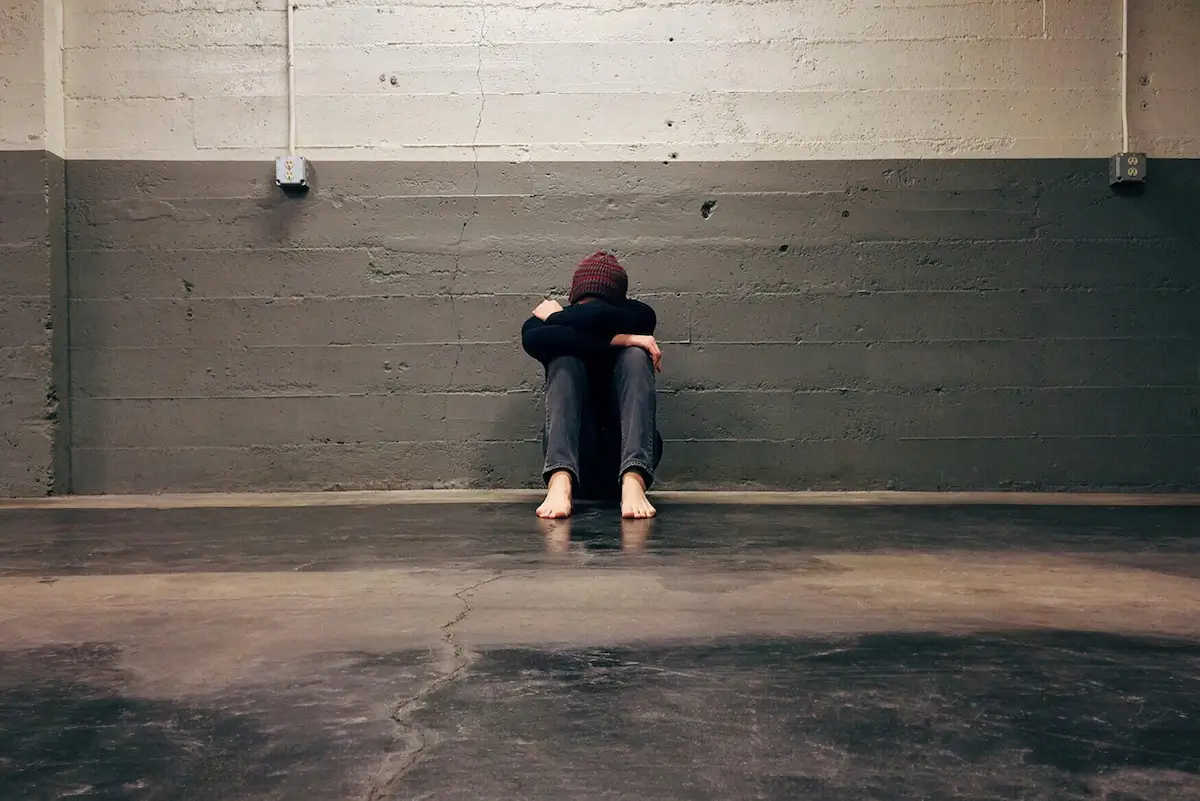
.webp)

